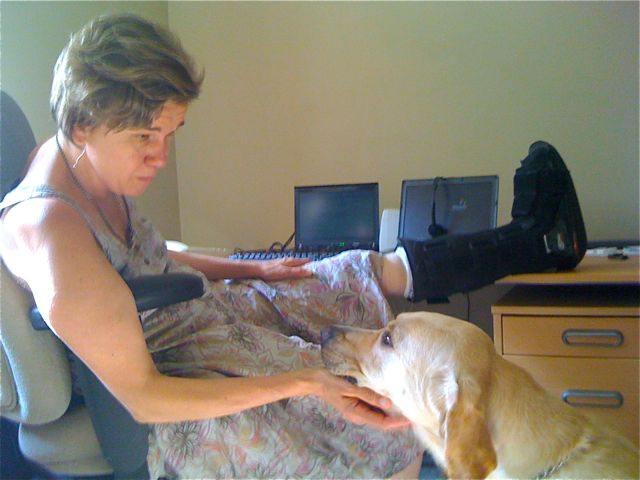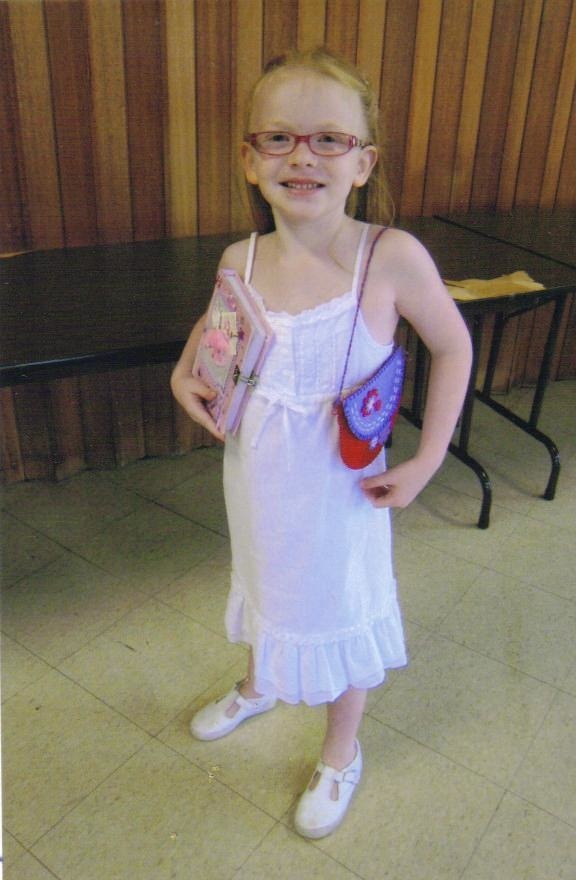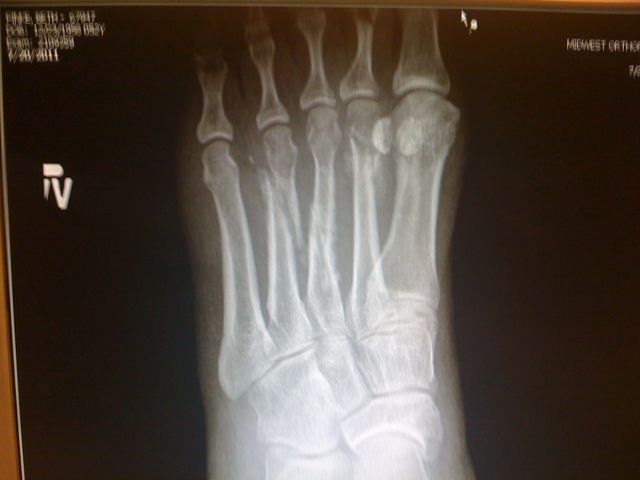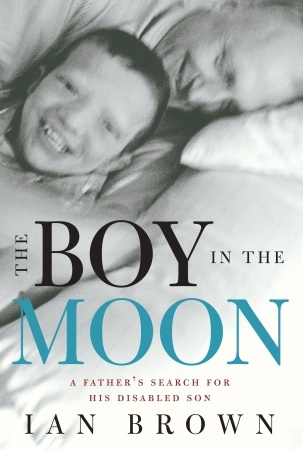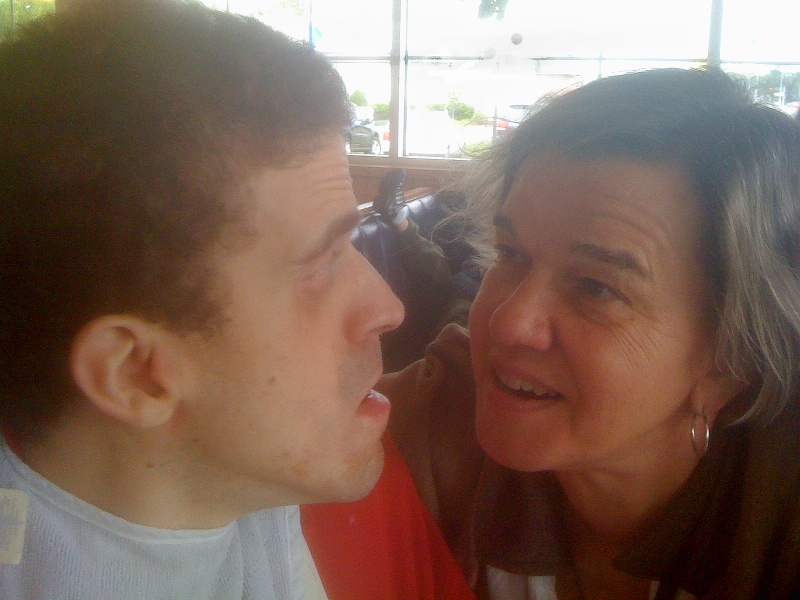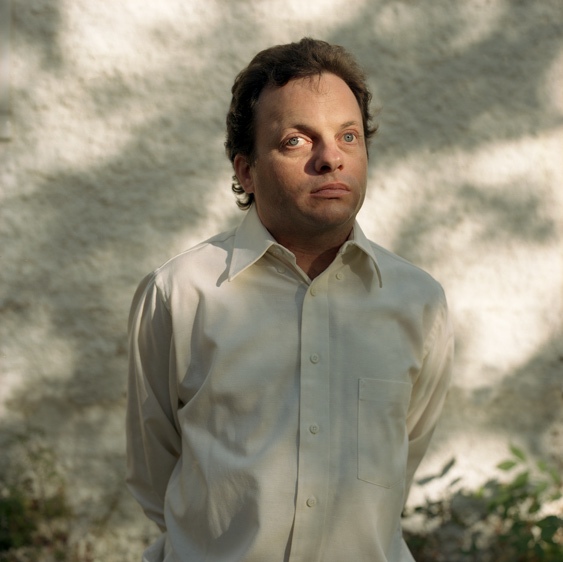Bark Magazine refers to them as the “Broken Foot Chronicles”
July 30, 2011 • 9 Comments • Posted in Beth Finke, blindness, Blogroll, guide dogs, Mike Knezovich, Seeing Eye dogs, Uncategorized, writingAll your comments and questions to my posts about Harper’s well-being after I broke my foot made me think. Hey, maybe The Bark would like to publish a post about what happens to a Seeing Eye dog while his blind partner is recovering from an illness or injury.
And so, I revamped a post I’d already published here, attached a photo Mike took, and sent it off. Ding-ding! An email came right back from The Bark. “Thanks for this. I think our readers will like it.” They titled the post What happens to a Seeing Eye dog when his human breaks her foot? and published it right away.
But wait, there’s more: the response to that first post was so good (thanks for commenting there, Susan and Rick!) that The Bark asked for more. Last Thursday they published Beth decides what to do with her sidelined Seeing Eye dog, my third Bark post since the inglorious foot break.
The posts I write for The Bark are inspired by the comments you leave here. Examples: A Safe & Sound blog reader wrote to ask, “Can you enlist another guide dog user to walk your dog on harness? I realize you are trained as a team but wouldn’t someone who went through the same school as you did be able to work as a sub?” Fair question, but the Seeing Eye frowns on having anyone other than the person with whom they matched the dog use the harness with that dog. From the day I was matched with Harper at the Seeing Eye school in Morristown, no one but me has held Harper’s harness, not even Steve our Seeing Eye trainer. Harper had an ear infection while we were training in Morristown, and when Steve brought him to the vet, he took him on leash.
The blog reader’s question about having another Seeing Eye grad sub for me and work with Harper inspired me to stress the importance of the Beth-and-Harper bond in the post I wrote for The Bark:
While stuck at home together, I do a daily obedience routine with Harper. I’m the only one who feeds him. I give him his water. I groom him. I play with him. Mike takes Harper on leash for walks, and when Mike is away, friends volunteer to help. But I’m always the one who calls Harper to the door, and I’m always the one who clips the leash to his collar before they head outside.
Another Safe & Sound blog reader had commented that perhaps the, ahem, break, might make Harper more eager to do a good job when he returns to work. I posed this idea to John Keane, Manager of Instruction & Training at the Seeing Eye, and used his answer in last Thursday’s Bark blog post:
I’d been doing my best to get out with Harper a couple times a week, even with the boot cast. It’s a fine balance, and I hear my voice sounding a bit more stern when giving Harper commands—I can’t risk falling again. And you know, Harper responds!
“You never know,” I joked with John. “Maybe he’ll be even a better guide after getting all this time off!”
No joke, John said. “Harper wouldn’t be the first Seeing Eye dog we’ve worked with who improved after sitting out for a while.”
So thank you for your comments, my loyal blog readers, and please keep them coming. Your questions and suggestions inspire me, and the comments you leave at The Bark blog keep them asking for more!
